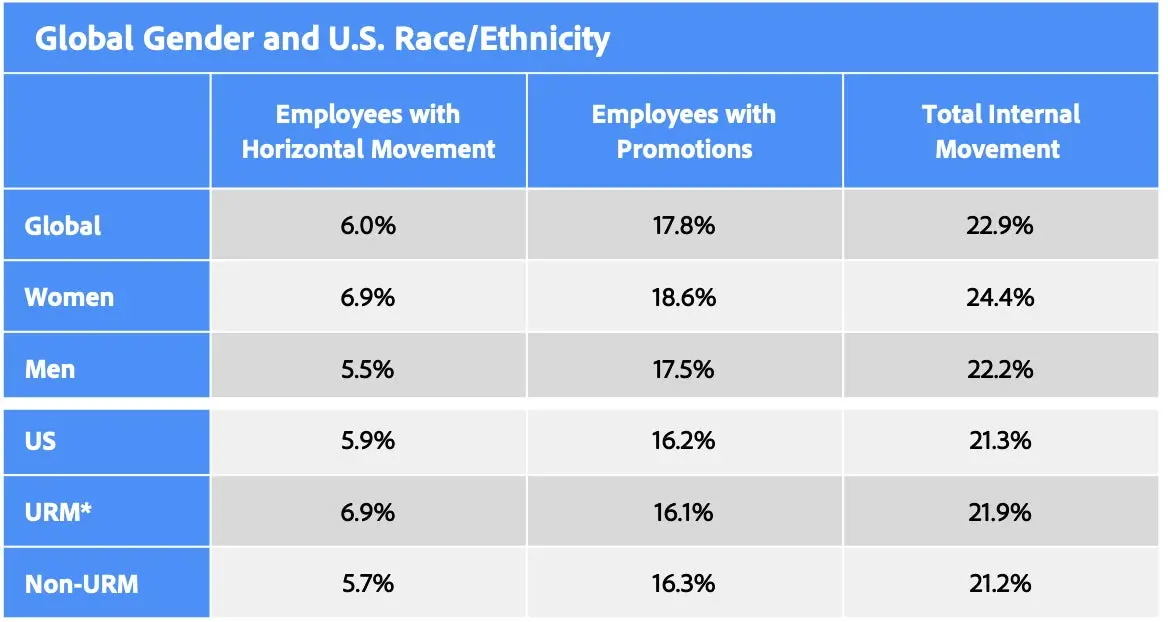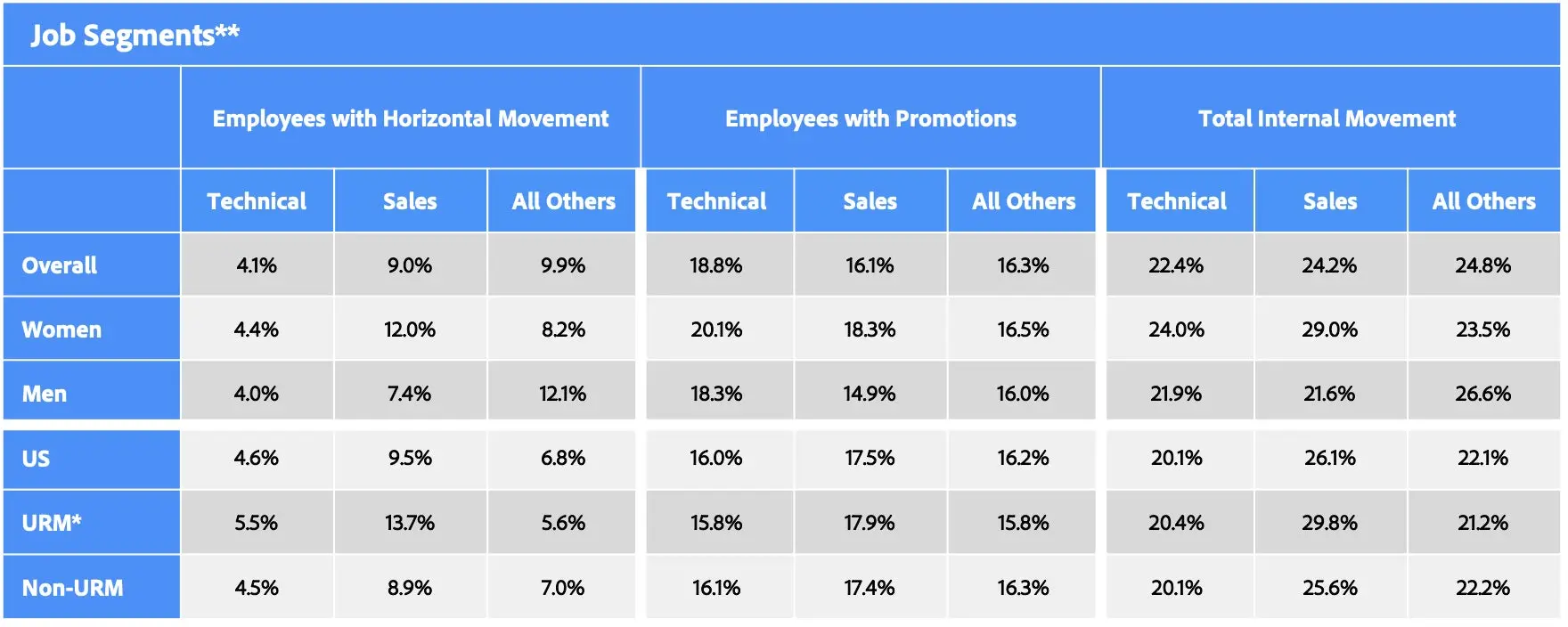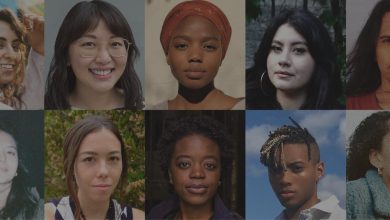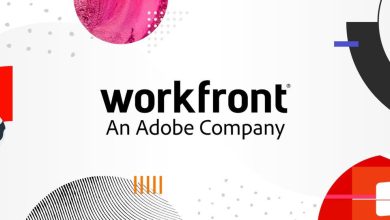Opportunity For All

Today is Equal Pay Day, a day to raise awareness of the continuing pay gap between women and men. It marks the day into the year on which it takes the average U.S. woman to earn what the average U.S. man did from the preceding year. The gap is even more dramatic for women of color – Black women will reach this milestone on August 3, and Latinas on October 21. There are countless realities that add up to the gender pay gap, from lower pay practices in female-dominated fields to the burden of childcare disproportionately affecting women in the workforce.
We at Adobe are proud of the progress we’ve made on pay parity, which we define as ensuring that employees in the same job and location are paid fairly relative to one another regardless of their gender or ethnicity. We first announced that we achieved global gender pay parity in October 2018, and we have reaffirmed that parity annually. We also announced that we achieved pay parity between U.S. underrepresented minority employees (URM*) and non-URM employees in September 2020.
Today we took another step in our headquarters state of California by joining the EqualPayCA pledge. The pledge includes conducting an annual company-wide gender pay analysis, a practice Adobe already has in place. It also includes critical review of hiring, promotion and other talent practices to advance equity among workers. This aligns with the commitment we have made toward opportunity parity – a term we have coined for examining fairness in promotions and horizontal movement across demographic groups.
Unlike pay parity, opportunity parity does not currently have industry benchmarks or best practices, so we designed our own metrics to understand movement across Adobe, including strong data governance practices to ensure accuracy. In developing these metrics, we started with global promotion rates by gender, followed by U.S. promotion rates by race/ethnicity; then we added promotion rates by geographic region and job segment. We continue to enhance the data methodology to accurately measure horizontal movement – employees taking on new roles inside the company that aren’t tied to promotion – and we shared those initial findings in September.
We’re pleased so share all of these metrics reflecting our full fiscal year 2020 below, in the spirit of transparency. These data points are of course not the sum total of what each individual’s career experience is at Adobe. With this data we are seeking to understand the current state and potentially use these numbers as internal benchmarks in the future.
We are still early in the journey and this is a complex challenge, with many elements working together. We will continue to drive our talent management practices, internal hiring, talent development programs, promotion standard transparency, and many other domains that contribute to our employees’ experience and our vision of fair opportunity for all.
#AdobeForAll
FY2020 Opportunity Parity metrics
Definitions:
Promotion: Promotion rates were calculated by counting the number of employees who moved up one or more job levels during the year, divided by the average headcount for the year.
Horizontal movement: Horizontal movement rates were calculated by counting the number of employees who took a different job at the same or lower level, demonstrating an internal learning opportunity, divided by the average headcount for the year.
Internal movement: Notes the combined percentage of employees within the population who experienced either promotion or horizontal movement. (Promotions + horizontal movement = total internal movement.) Each employee is only counted once during the year, even if they experienced more than one move.
*URM includes U.S. employees who identify as Black/African American, Hispanic/Latinx, Native American, Pacific Islander and/or two or more races.
*URM includes U.S. employees who identify as Black/African American, Hispanic/Latinx, Native American, Pacific Islander and/or two or more races.
**To examine the dynamic of employees who do different types of roles at Adobe, we grouped employees into three segments based on their individual job codes:
Technical: Roles that build, document, or support computer software, hardware, or technology infrastructure (aligned with the definition of a technical workforce from AnitaB.org)
Sales: Roles that are on a sales commission plan and do not qualify as “technical”
All other: Roles that do not qualify as “technical” or “sales”
We believe this segment approach is the most accurate way to depict our organizational promotion dynamic, because it focuses on like jobs versus internal reporting hierarchies which shift over time.
All data above reflects Adobe employees who have voluntarily disclosed their gender and U.S. race and ethnicity. <1% of our global employee base has not disclosed gender data and <3% of our U.S. employee base has not disclosed race and/or ethnicity data.
Source : Adobe











